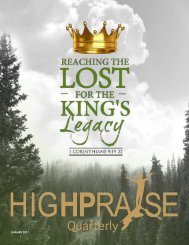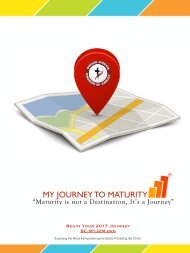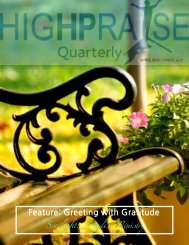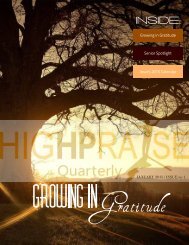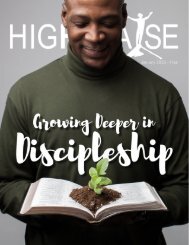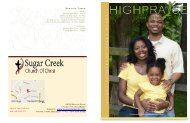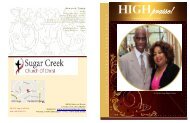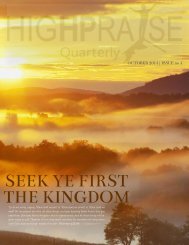Create successful ePaper yourself
Turn your PDF publications into a flip-book with our unique Google optimized e-Paper software.
___________________________ movement. The emphasis on personal faith led more people to<br />
study and interpret the Bible for themselves - an activity that 100 years earlier had led a<br />
Puritan woman, named Anne Hutchinson, to be banished from the colony. New<br />
___________________________ were established by churches to train their preachers and<br />
educate their followers, including Princeton, Brown, Dartmouth, Rutgers and Columbia<br />
Universities.<br />
Lesson 5: 1801 Cane Ridge Revival<br />
1801 Cane Ridge Revival<br />
Objectives<br />
Understand the conditions that made this revival so explosive.<br />
Identify the key figure and the doctrines in which they introduced in an attempt to bring<br />
the church back to its first century roots.<br />
Describe the influences of the Cane Ridge Revival and its relevance today.<br />
Faith on the Frontier<br />
Kentucky was not even ten years old in 1801. It was granted statehood in 1792. The<br />
population of Bourbon County, where Cane Ridge is located, was twelve thousand people in<br />
1800. Now, both of those statistics are important because of what happened in that week in<br />
August 1801. More than ten thousand people, almost the entire population of the county,<br />
attended a weeklong communion service, known as a camp meeting, in the hills of Kentucky.<br />
It is also worth noting that this was the frontier in American culture in the 1800s.<br />
One witness who was there for this week of camp meetings put it this way: “For more than<br />
half a mile I could see people on their knees, before God.”<br />
"The noise was like the roar of Niagara," wrote eyewitness James Finley in his biography.<br />
"Atone time I saw at least five hundred swept down in a moment as if a battery of a thousand<br />
gunshad been opened upon them, and then immediately followed shrieks and shouts that<br />
rent the very heavens."<br />
"It arguably remains the most important religious gathering in all of American history, both<br />
forwhat it symbolized and the effects that flowed from it," wrote Paul Conkin, author of<br />
CaneRidge: America's Pentecost.<br />
The Road to Cane Ridge<br />
Rampant alcoholism and avaricious land-grabbing were matched by the increasing popularity<br />
of both universalism (the doctrine that all will be saved) and deism (the belief that God is<br />
uninvolved in the world). Methodist James Smith, traveling near Lexington in the autumn of<br />
1795 feared that “the universalists, joining with the Deists, had given Christianity a deadly<br />
stab hereabouts.”








